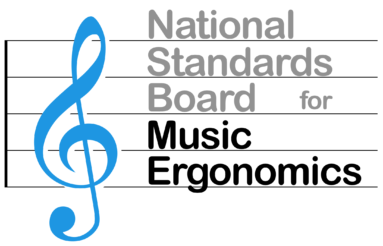Standards to assure all musicians are Safe, Strong & able to play pain-free
What is music ergonomics
The term “ergonomics” usually refers to how we use a tools or furniture in relation to how it interfaces with the body. When something is “ergonomic”, it is comfortable and causes no discomfort. Music Ergonomics refers to how a musicians hold and use musical instruments in ways that promote comfortable and stress-free playing while also maintaining the best tone and function of the instrument.
Music ergonomics is not just a rote concept of “correct” technique and “correct posture”, because each body is different and every instrument is different. Therefore, how they interface is based on individual factors. Knowledge of anatomy, physiology, and body mechanics, as well as the common techniques used on a variety of musical instruments, is essential for an instructor.
A majority of musicians develop some kind of discomfort related to playing an instrument; it may be as simple as back pain or a stiff neck, or as complex as tenosynovitis or thoracic outlet syndrome. Unaddressed discomfort can develop into chronic injury. Therefore, it is essential to instruct musicians in the basic principles of ergonomics so they may play pain-free.


Who We Are
The National Standards Board for Music Ergonomics sets basic standards for ergonomic training programs for musicians. A training program may be defined as a formalized, structured offering to educate and/or certify individual instructors to disseminate reliable, factual, medically and scientifically sound ergonomic information and/or to conduct ergonomic assessments for individuals and groups.
These training programs are of two categories:
- Those offering basic ergonomic principles and information to individual musicians
- Those training teachers to offer basic ergonomic principles and information to individual musicians
Basic Standards of training:
- Recognition that ergonomics is not just rote instruction on posture and technique, and that individual anatomy and physiology determine effective ergonomic consultation
- Knowledge of anatomy and physiology pertinent to ergonomic principles for playing a musical instrument
- Knowledge of commonly used techniques and accepted modes of usage for specific musical instruments, and ability compare them in an unbiased way to sound ergonomic principles
- Possession and dissemination of adequate teaching materials to accomplish effective instruction
- How to recognize when referral to a medical expert is necessary
- Knowledge of Neutral Posture, its purpose, and how to teach it
- Knowledge of the potential effects of poor positioning with a musical instrument, and how to correct it

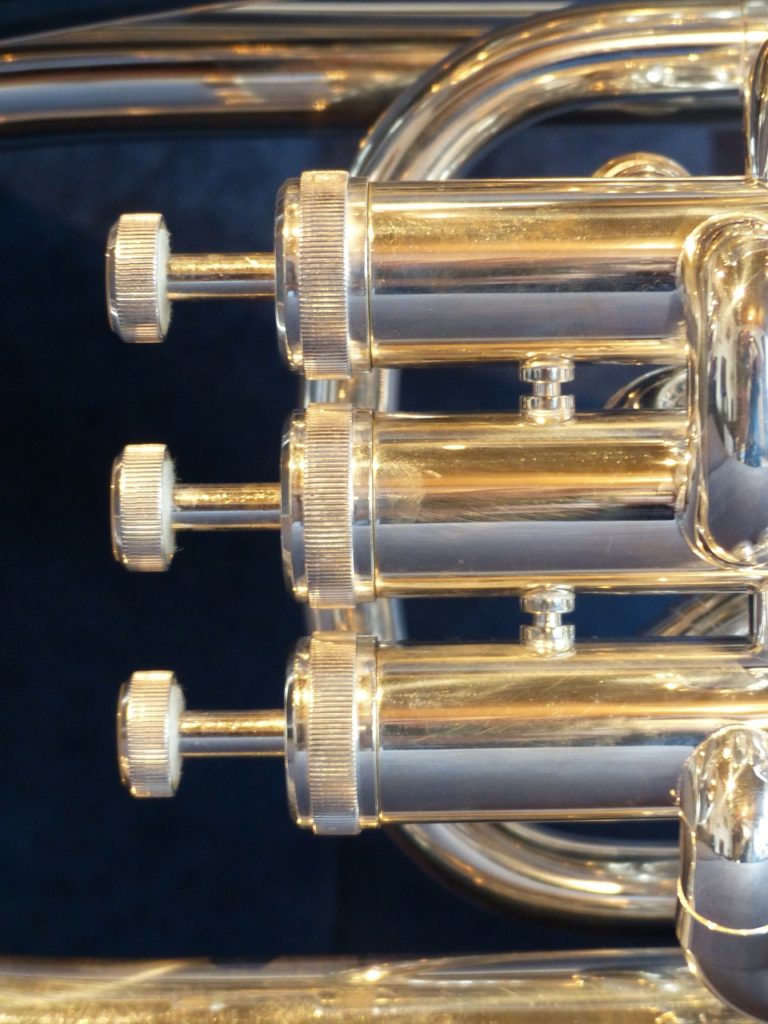
acCreditation
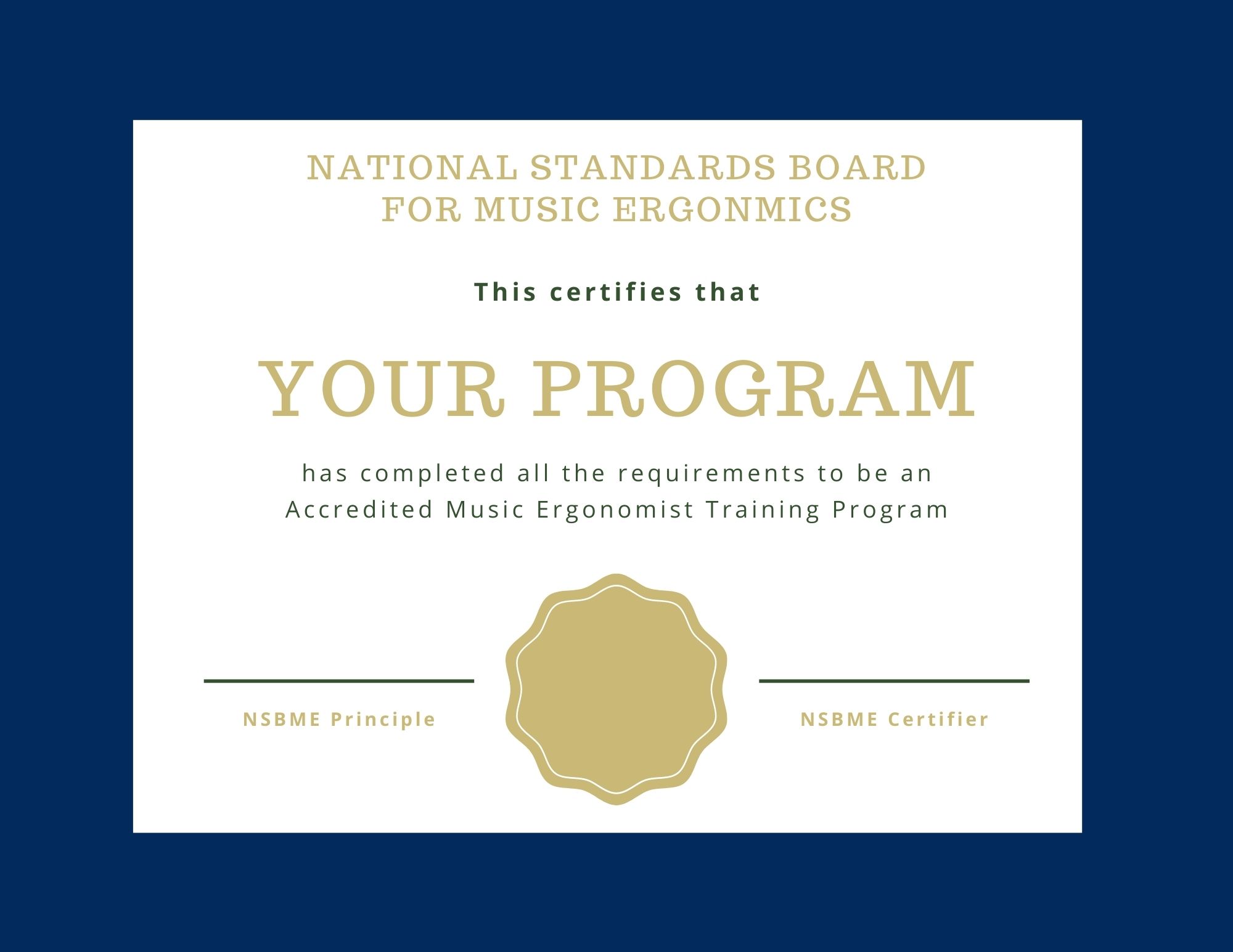
The NSBME will support two levels of individual certification and one level of program certification.
The first individual level will be instrument specific. Teachers of an instrument can obtain certification for ergonomic instruction of that instrument. A second level certifies an individual to provide ergonomic education and support for any instruments. Both of these levels allow the individual to include the appropriate certification designation for marketing and publicity.
Program certification certifies a training program for Music Ergonomists. The certification assures participant that it has met the board’s standards in ergonomics for musicians. Successful graduates of approved programs may use the appropriate title for their level of certification.
The NSBME will also work with individuals who currently work in the area of Musical Ergonomics and can demonstrate that they meet the certification requirements of knowledge and skill to obtain certification.
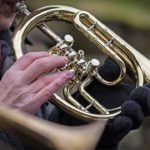



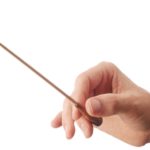

What We Do
Our Goals
The goals of the NSBME are to:
- Encourage certifying entities in ergonomics for musicians to achieve accreditation by the NSBME
- Raise the standards of certification in the field
- Encourage all music teachers to take, and music institutions to offer, certification training from an NSBME-accredited program
We Consult
Consultants provided by the National Standards Board for Music Ergonomics are dedicated to ensuring that every training program and every teacher of music ergonomics receives complete and responsible information for creating a superior course of instruction for both new and existing teachers of music ergonomics. Please request the assistance of a Board-certified consultant to assure that your program meets basic standards set forth by the Board. Workshops may be offered as well.
We Build Networks
The NSBME is a place of community for those interested in developing or obtaining quality music ergonomics education. We provide a location for listing of certified ergonomics programs and practitioners, and an opportunity for sharing of resources and knowledge on all aspects of music ergonomics
We Maintain Standards of Practice
The mission of the National Standards Board for Music Ergonomics (NSBME) is to promote the responsible instruction of ergonomic skills for musicians by accrediting training programs that certify instructors in this field, and to set forth a specific skill set as the gold standard for all certification programs of this type. By encouraging excellence in ergonomic instruction, the NSBME hopes to ensure that all musicians have access to the highest level of knowledge in the field.
We Strengthen Training Programs
Meeting the basic standards set forth by this Standards Board, through becoming accredited hereby, raises the quality of ergonomic training throughout the music-making community by promoting best practices and adequate education in ergonomics. Accreditation enhances program credibility
By
- Establishing and maintaining a minimum set of standards that serve as the foundation for ergonomics programs serving musicians.
- Creating networks and partnerships within those programs
- Serving as a resource and supporting for programs and individual musicians
how we do it
Education
The NSBME provides, supports and complies educational materials that enhance the field of ergonomics for musicians. When able we provide contact information for resources that can provide value to your programs and individual students.
Additionally we are willing to serve as a repository for education materials to enable access for further learning. Share your materials and contact information., once vetted we can connect materials and experts to musicians in need of support.
Division of Certification
We work with industry experts to determine the minimum standards for education and certification in musical ergonomics. The NSBME collaborates and supports programs with the ultimate goal of providing standards based, musician-specific ergonomic education for individuals and programs. We serve as a resource to allow musicians comma accredited programs comma and individual experts to meet their need.
What We Care About!
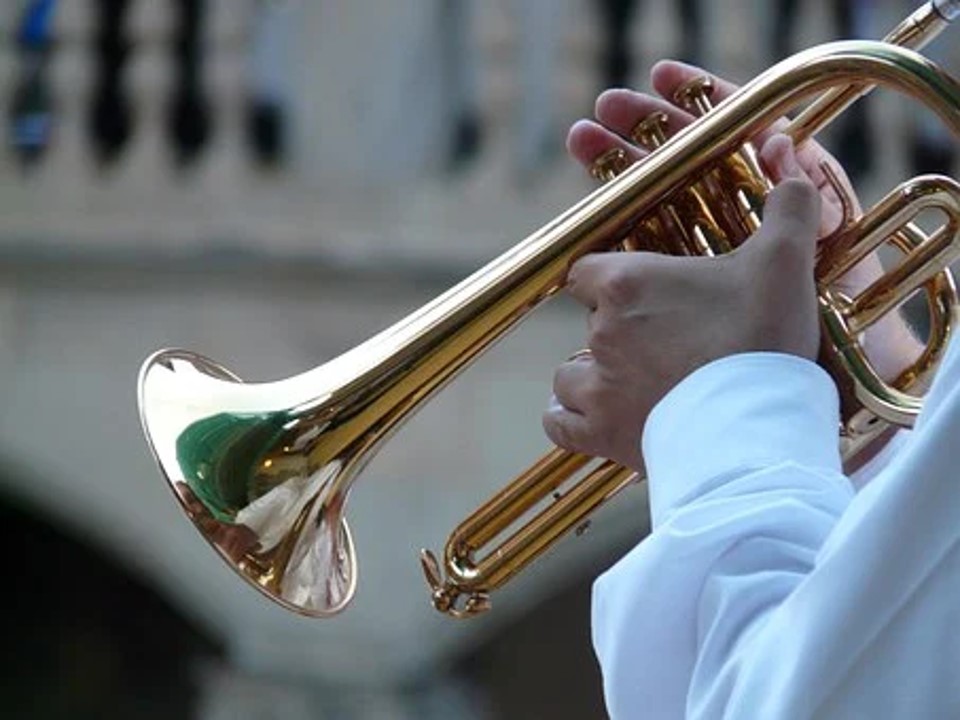
Musicians
Musicians- We believe the promotion of sound ergonomic principles is as critical to musical education as are theory and technique. Allowing a musician to play in comfort and without pain is the ultimate goal

Consistency
Consistent, standards-based training and education provide a foundational knowledge base for any current or aspiring musician. As a centralized resource, NSBME provides expectations and guidelines that support quality progra
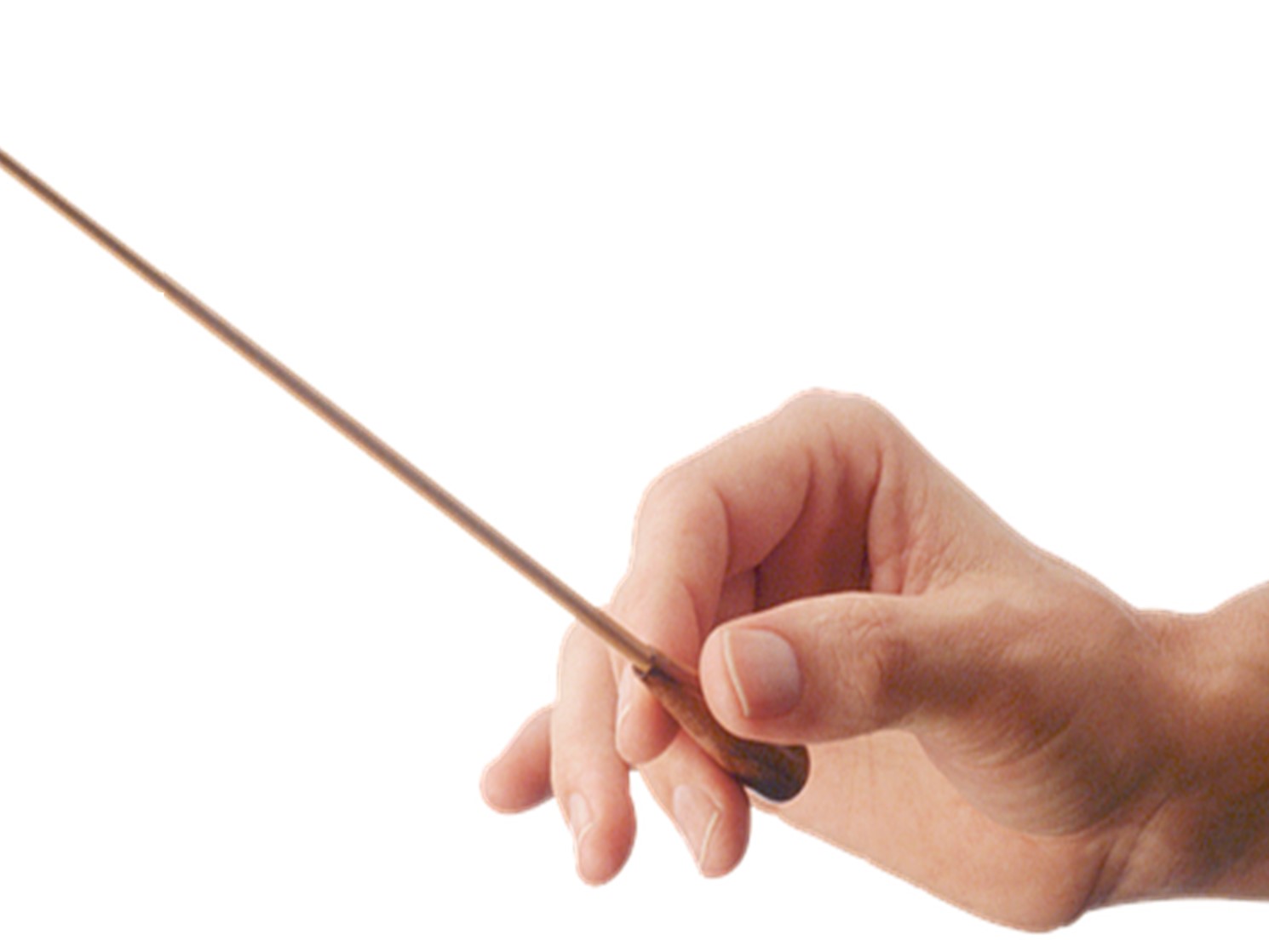
Adaptability
While consistency ensures a foundational approach, we recognize that musicians develop a unique relationship with their instruments. We care about that unique partnership while using sound principles and knowledge
Accredited programs
Accredited Programs will be listed here as accreditation is granted.
Becoming an Accredited Program
What are benefits of becoming an accredited program through NSBME?
- Being an accredited program denotes professional credibility among its peers and the public.
- By agreeing to meet the standards of the NSBME, an accredited program is approved to display the NSBME logo and the phrase “Accredited by the NSBME” on advertisements, websites and brochures.
- Accreditation by the NSBME is advantageous when applying for grants and other sources of funding.
- An accredited program is encouraged to advertise their Continuing Education Unit (CEU) events on the NSBME webpage.
- NSBME Accredited program graduates may benefit from CEU events offered by other NSBME accredited programs.
- A representative from an accredited program has the opportunity to hold office on the Board and its committees, and have membership in the Representative Council. This promotes the participation in all processes related to the common goal of maintaining high standards for therapeutic musicians.
- An NSBME accredited program becomes part of a network of organizations that share information.
- Graduate listings for accredited programs are accessed through a link at the NSBME site.
NEW APPLICANTS
Download the Accreditation Application Instructions
Download the Accreditation Application
RENEWING APPLICANTS
Download Renewal Accreditation Application Instructions
Accreditation_Renewal_Application_Form_2016
Accredited Individuals
Accredited Individuals will be listed here as accreditation is granted.
Impact Stories
It's All About the Bass
A bass guitar player came to me with hand pain and tingling. He played with his right wrist, the picking hand, in extreme flexion. We experimented with the position of his guitar to improve the position of his right wrist while keeping left in good alignment. A follow up appointment was made for 2 weeks; however, the client called to cancel indicting that his symptoms had completely resolved.
Fiddling Around on the Harp
Working with a young teenage musician who was proficient on both Harp and Violin, the student reported consistent shoulder pain. He had developed the habit of canting his head down while playing both violin and harp developing neck strain, especially after long practice sessions. We experimented with varying his instrument position to improve his head position to reduce flexion of the neck as well as implementing breathing and relaxation activities into practice structure.
